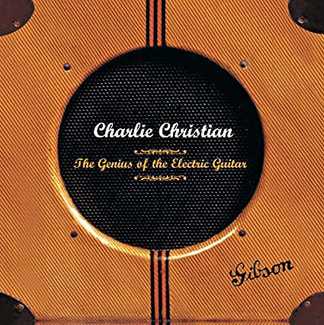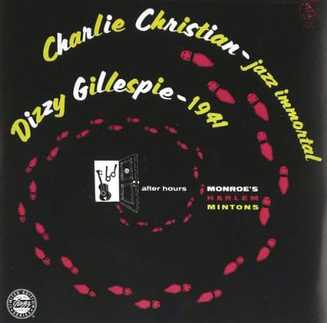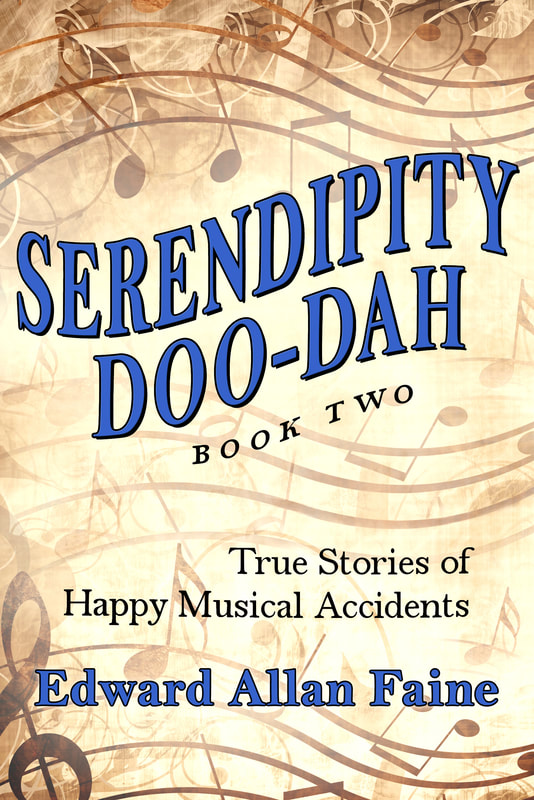| This year we celebrate the 100th anniversary birthday of Charlie Christian, the first great influence on electric jazz guitar. Indeed, some say, drop the “jazz”—he is the first great influence on electric guitar, period. Some others say, forget the “electric guitar”—he is the first great influence in jazz irrespective of instrument (with no apologies to Louis Armstrong). Here is some testimony: |
Besides being harmonically advanced for his era, the rhythmic time with which he played his notes set him apart from all others no matter what instrument they played—Herb Ellis, guitarist
I don’t think there’s one of us that has come along since then that hasn’t been touched by him, whether we know it or not. And more important than his guitar playing is what he accomplished as a musician. His musical ideas transcend the instrument. His music is timeless.—Bill Frisell, guitarist
I don’t think there is a guitar player who has come along after him in the field of Jazz, Blues or Rock that hasn’t been influenced in some way by the genius of Charlie Christian.—B. B. King, guitarist
In his all too brief time, Charlie changed the world of jazz, blues, and everything else besides. It is literally impossible to overstate the importance of his contribution to the development of jazz. His limitless stream of melodic ideas; the many blue shades of his pungently sad, sweet tone, and his irrepressible swing all continue to influence generations of guitarists.—Vernon Reid, guitarist
Miles Davis told me that he thought Charlie Christian was the original instigator of the bebop movement, Bird and Diz’s main influence. When you listen to his playing today, it’s still inspiring, fresh, harmonically and rhythmically advanced.—John Scofield, guitarist
On electric guitar, he’s always been the one for me–the originator, the prime source. I don’t think anyone else comes close.—Derek Trucks (Allman Brothers Band)
Without Charlie Christian, jazz and blues wouldn’t sound the way they do today or be nearly as popular. Everybody might still be playing banjo.—Jimmy Ray Vaughan, guitarist (1)
Sometime in 1934, Charlie started soloing at gigs with a microphone held between his knees in order to be heard. By 1936 he had attached a primitive microphone to his guitar with rubber bands. Finally in 1937, he acquired his first store-bought guitar, a Gibson ES 150, and amplifier, and joined bands that toured the Midwest, his reputation spreading wherever he traveled. (2)
The story of Charlie’s discovery was told most prominently 50 years ago in the pages of DownBeat magazine by legendary talent scout John Hammond. On a tip from pianist Mary Lou Williams (then based in New York City) about a wunderkind musician in the American heartland, Hammond flew to the guitarist’s home base in Oklahoma City, where he was immediately escorted to the Ritz Café where Charlie was working with his combo three nights a week.
Hammond settled in and soon noted that Charlie used his amplifier sparingly when playing rhythm but turned it up for his solos, which were as exciting improvisations as the talent scout had ever heard on any instrument. Before an hour had passed, he was determined to place Charlie with the “King of Swing” Benny Goodman, primarily as a spark for the depleted Goodman Quartet—stars pianist Teddy Wilson and drummer Gene Krupa had recently departed.
Christian’s initial audition for Goodman in a Los Angeles studio turned out to be a bust—the bandleader just didn’t want to be bothered. Not to be denied, during a band break at a ritzy nightclub the band was playing that night, Hammond snuck Charlie in through the kitchen and onto the bandstand along with his guitar and amplifier.
When Benny returned to the stage, he was stunned to see Charlie all ready to play, but didn’t say anything. The first number he called was “Rose Room,” and Hammond was petrified that Charlie wouldn’t know the changes. After the opening choruses, Benny pointed to Charlie to take a solo, and the number ordinarily lasting three minutes stretched out to 45! Done deal! (3)
Christian quickly became part of the Goodman Sextet that included Fletcher Henderson on piano and Lionel Hampton on vibes. Nationwide tours and radio broadcasts and recordings followed. While difficult to prove, the Oklahoma guitarist had to be the most-heard electric guitarist in the land over the next two years (surpassing the likes of Les Paul for example).
While Charlie was occasionally used in Goodman’s Big Band, most of his work was with the clarinetist’s sextet and after mid-1940 a new septet that included trumpeter Cootie Williams and Tenorist Georgie Auld. Christian’s ability to come up with one riff-filled idea after another made him a favorite with Goodman and at jam sessions, including the birthplace of bebop, Minton’s Playhouse, in 1941, when he sat in for hours with the house band.
Manager Teddy Hill bought an amplifier and guitar to keep at the club for Charlie whenever he was in town, which was quite often. (4) His contribution to the development of the new music was on a par with that of bebop legends Charlie Parker, Dizzy Gillespie, Thelonious Monk, and Kenny Clarke.
The guitarist became ill in mid-1941 and passed away from tubercular complications in 1942 at age 25. The impact of his 22-month, shooting-star career can, as critic Scott Yanow has suggested, be easily divided: Before and After Charlie Christian. (5)
Jazz poet laureate Whitney Balliett characterized his playing thus:
Christian was . . . the first guitarist to explore fully the use of the single-string rather than chorded solos. His almost orchestral tone fell between the singsong effect of his predecessors (most had used the un-amplified guitar) and the projectile smoothness of his successors. Although he invariably managed to transmit emotional fervor behind his work . . . Christian’s playing was utterly relaxed. In a solo he would often develop a simple, arresting riff figure for a couple of measures, drop in a short connecting phrase, and, after holding its last note for several beats, tip into a long single-note melodic line that elbowed the limits of conventional jazz harmony that might continue for eight or more measures, and then be capped by another sustained note, which seemed to leave the solo hanging precisely in midair. (6)
| Charlie was inducted in the DownBeat Jazz Hall of Fame in 1966, and in the Rock and Roll Hall of Fame in 1990! Scott Yanow recommends—as do I—the Charlie Christian 4 CD Box Set for all the great Goodman tracks: “Flying Home,” “Seven Come Eleven,” “Air Mail Special,” and “Solo Flight.” And for the bebop tracks, recorded live at Minton’s in 1941, a must for every jazz collection, After Hours by Charlie Christian, Dizzy Gillespie, Original Jazz Classics, released in May 2000. |
- Liner Notes, Charlie Christian: The Genius of the Electric Guitar, 4 CD Box Set, Sony Legacy Music, released November 2012.
- Ibid., 18–19.
- John Hammond, “The Advent of Charlie Christian,” DownBeat magazine, August 25, 1966, 23–24.
- Liner Notes, Charlie, 31.
- Scott Yanow, The Great Jazz Guitarists: The Ultimate Guide (Milwaukee, Wisconsin: Backbeat Books, 2013, 46–47.
- Whitney Balliett, Collected Works: A Journal of Jazz 1954–2001 (St. Martin’s Griffin, 2002), 96.





 RSS Feed
RSS Feed